Past pandemics have changed the way we build homes.
A lot has changed since the middle of March when we started to go into lockdown, and much more change will come as we slowly ease our way back to a new normal, while trying to keep upticks in COVID-19 diagnosis to a minimum. While coronavirus has definitely changed the way we work on building homes, and created some new “must have” features that homeowners will desire going forward, past pandemics have taught us that this novel coronavirus may also change the way we design homes in the future.
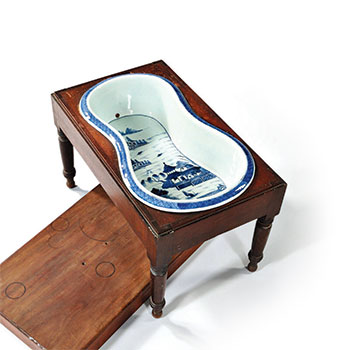
Modern indoor plumbing started to make its way into the homes of wealthy people around the mid-1800s, primarily in the form of a sink in the bedroom to clean up before retiring for the evening. But even in homes that had running water, a common but unfounded fear that “miasmas” – supposedly noxious vapours from sewer gases that were thought to be the source of diseases such as cholera and the plague – meant that few people had indoor toilets.

Instead, people used chamber pots which were emptied outside the next morning. Given the prim and proper nature of Victorian society, these chamber pots were usually hidden away in elaborate wooden containers. Decades later, with miasma theory thoroughly debunked, indoor bathrooms complete with sinks, toilets, and bathtubs started to grow in popularity. But, in keeping with the style of the times, they were fairly ornate rooms, with the fixtures clad in intricately carved wood, the walls covered in wallpaper, and the floors carpeted.
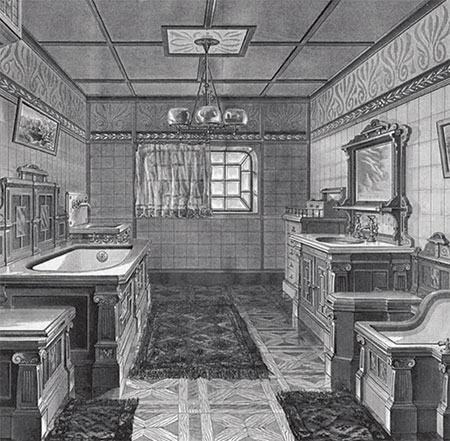
Fast forward to the early 1900s when germ theory – the recognition that contagious germs, not vapours, were the source of epidemics – was widely accepted, people started to recognize that porous and hard-to-clean wood and fabrics were not the best materials to use in the salle de bain.
Kohler was early to capitalize on this healthy products trend, coating their cast-iron bathtubs in easy to clean, sanitary enamel. And linoleum, around since the 1850s, became a popular flooring choice.
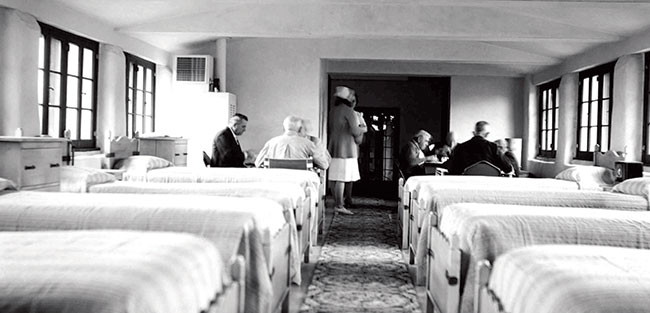
Other design choices were inspired by the look and feel of sanitariums where people went to recuperate from tuberculosis (TB). With fresh air and exposure to sunlight seen as having healing properties, large, operating windows became desirable in the bathroom, leading to a move away from interior “water closets” to rooms placed along exterior walls. Instead of wallpaper and carpet, all-white, easy to clean floor and wall tiles became a popular design esthetic – a trend that carries on today.
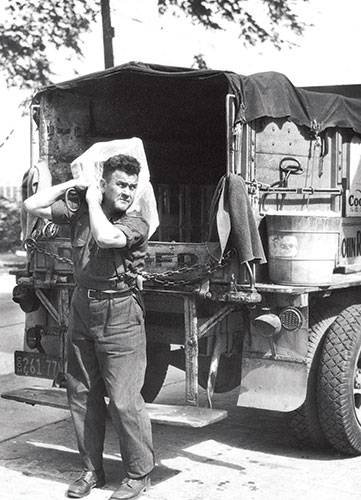
With TB still rampant and the 1918 “Spanish flu” ravaging the world, further awareness of the role germs play in spreading disease ushered in a home design concept that remains to this day near ubiquitous: a main floor powder room. In an era of frequent home deliveries (why does that sound familiar?!?), including ice for the ice box, coal, milk, and other goods, homeowners were leery of germ-laden delivery people asking to use the kitchen sink or family bathroom to wash up. So, people started adding powder rooms for their working-class visitors to use.
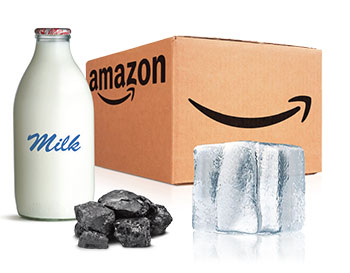
So, what does the post-coronavirus future look like? As we discuss in “Creature Comforts,” being forced to spend unheard of amounts of time at home will spark renewed interest in things like home entertainment centres, home offices and gyms, and multi-functional outdoor spaces to make the most of the warmer months.
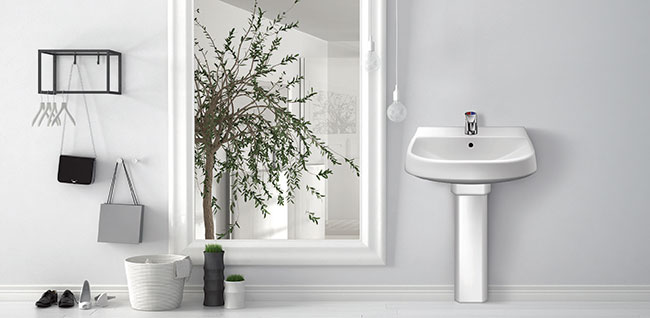
But we’ll likely also see larger design trend changes. With more people working from home – many likely on a permanent basis – open concept designs might make way for floorplans with more secluded spaces for isolating from the rest of the family. Spending 24 hours a day in the home will raise awareness of indoor air quality, with implications for everything from the off-gassing of building materials to HVAC systems. And taking a page from the 1918 pandemic playbook, Ryerson interior design professor Lloyd Alter predicts high demand for a new plumbing fixture: a sink in the front hallway where homeowners and guests can wash up as soon as they walk in the door











